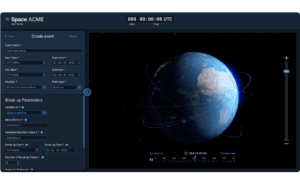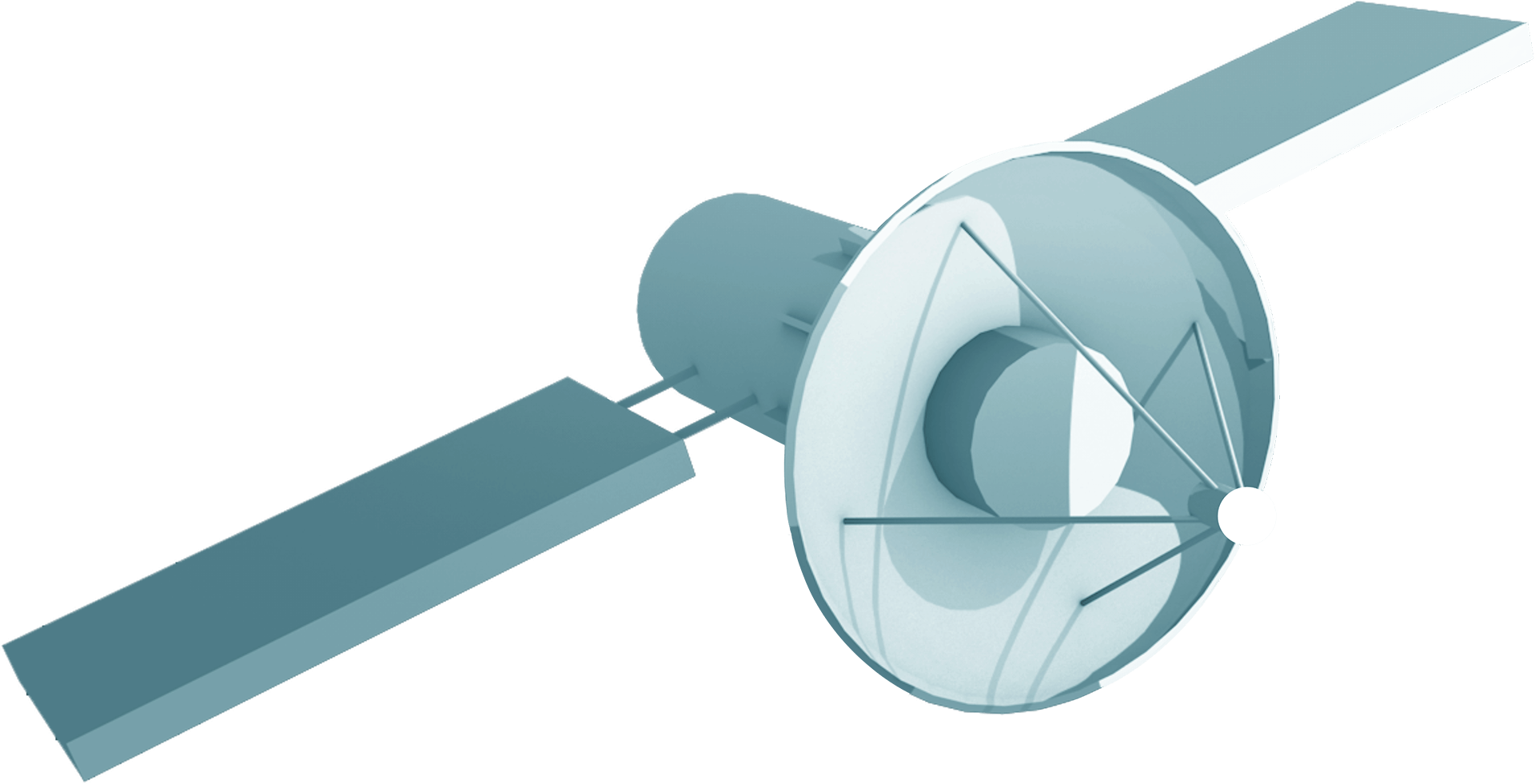While civilians may think the “Space Race” from the last century is over, attention toward Cislunar and beyond is very much in focus for many countries.
But first, let’s get our terms right. Geosynchronous orbit (GEO) is approximately 36,000 kilometers above Earth’s seas. Beyond GEO lies xGEO, which encompasses everything out there. The area around the moon is referred to as cislunar.
Beyond the recent Chinese mission to the dark side of the moon and the US Artemis missions, countries like Japan, South Korea, Russia, India, and the UAE are launching missions to or around the moon.
The focus is not just on the moon itself, but also the cosmic space between the Earth and Moon. This vast territory is the next space to be contested between Earth’s most powerful nations.
Identifying Obstacles Within Cislunar
As xGEO becomes more trafficked and contested by our adversaries, establishing systems to monitor and track spacecraft actions becomes increasingly imperative. Not only to ensure freedom of navigation for commercial use, but also to guard against potential conflict.
But there are several challenges in developing space domain awareness in xGEO, not the least of which is the highly unintuitive nature of xGEO orbits. Objects in xGEO operate with multi-body gravitational forces. While objects around Earth mainly react to the planet’s gravitational pull, objects in xGEO are pulled by Earth, Moon, and even the Sun. As these celestial bodies have their own orbital movements, they create movement for spacecraft that are difficult to understand.
Furthermore, as objects follow these complex paths, there are many points where alternative orbits can become very easy to transition to, with very low delta-V. This makes it easier for satellites to transition from one orbit to another, and harder for anyone trying to track spacecraft to predict future locations.
And did we mention the near impossibility of maintaining awareness with limited xGEO sensor capabilities?
These difficulties call for a new class of tools that allow us to better understand and visualize potential orbits. Our military needs systems that enable training around not only space vehicles, but also their orbit probabilities and predictions.
Creating Innovative Solutions
Fortunately, Rocket has already designed and developed a mission-proven solution for similar challenges in LEO and GEO orbits. The tool is Space ACME, which stands for Awareness, Communications, and Maneuver Evaluation. Space ACME provides advanced 4D space visualization to support near-real time, highly realistic conceptualization for spacecraft maneuvers. It also brings disparate information together to improve communications, decision making and outcomes in GEO space.

Space ACME on desktop
With a solid foundation already established in Earth-centric orbits, adapting Rocket’s Space ACME solution for xGEO and cislunar is the next logical step to dominating the battlespace. Modifying the tool for xGEO will empower Space Force operators to better monitor, predict and track threats, ultimately achieving space domain awareness.
Space Industry Expertise
When it comes to expertise, Rocket has designed modern and intuitive user experiences (UX) to ensure our partners achieve critical mission success for over 30 years. We make complex technologies simple and accessible and deliver advanced UX solutions to our warfighters across all domains.
Contact us today to experience our stellar UX consulting, design and development services. 🚀








